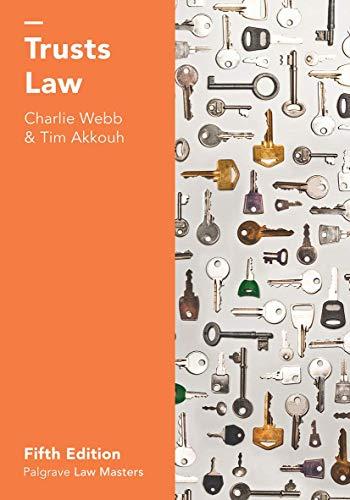Question
1. What are the three components of local law enforcement? Which one makes up the majority of law enforcement agencies and sworn officers? 2. What
1. What are the three components of local law enforcement? Which one makes up the majority of law enforcement agencies and sworn officers? 2. What is meant by a police department's authorized strength? a. What percent of all local police department employees are civilians? b. How is the police-population ratio usually calculated? 3. What percent of all criminal justice expenditures are attributed to the police? 4. What is meant by fragmentation, and what are the problems associated with it? 5. What are the seven types of police consolidation outlined by the IACP? 6. What are the four common models of sheriff's departments? 7. How are coroners different than medical examiners? 8. Where do specialized district police serve? 9. What are the issues raised regarding the use of private security police? 10. Define accreditation. a. What is the penalty for a police department not being accredited? Chapter 4 11. What does it mean to say that the police are organized in quasi-military lines? 12. What are the criticisms of the quasi-military organization? 13. Why is law enforcement's structure considered a bureaucracy?
14. How did the end of the Cold War affect U.S. policing? 15. List and describe the four important aspects of organizational change involved in community policing. 16. What is COMPSTAT and how has it impacted policing? 17. How do police officers able to engage in collective bargaining? 18. What alternative strategies have police used because they cannot go on strike? 19. What is civil service? 20. What is a task force?
Step by Step Solution
There are 3 Steps involved in it
Step: 1

Get Instant Access to Expert-Tailored Solutions
See step-by-step solutions with expert insights and AI powered tools for academic success
Step: 2

Step: 3

Ace Your Homework with AI
Get the answers you need in no time with our AI-driven, step-by-step assistance
Get Started


